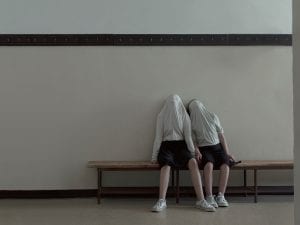Critical Geography is a subdiscipline of geography that questions and challenges power structures, inequality and the dominant ideologies shaping physical space. This year, Critical Geography lend its name to FotoFest Biennial, a platform for photographers by Houston-based contemporary arts organisation. The fair features works by more than 20 artists that explore how communities and environments are influenced by social, ecological and other systematic forces. The following list collates creative projects that provoke conversations around social justice, sustainability and transformative change.
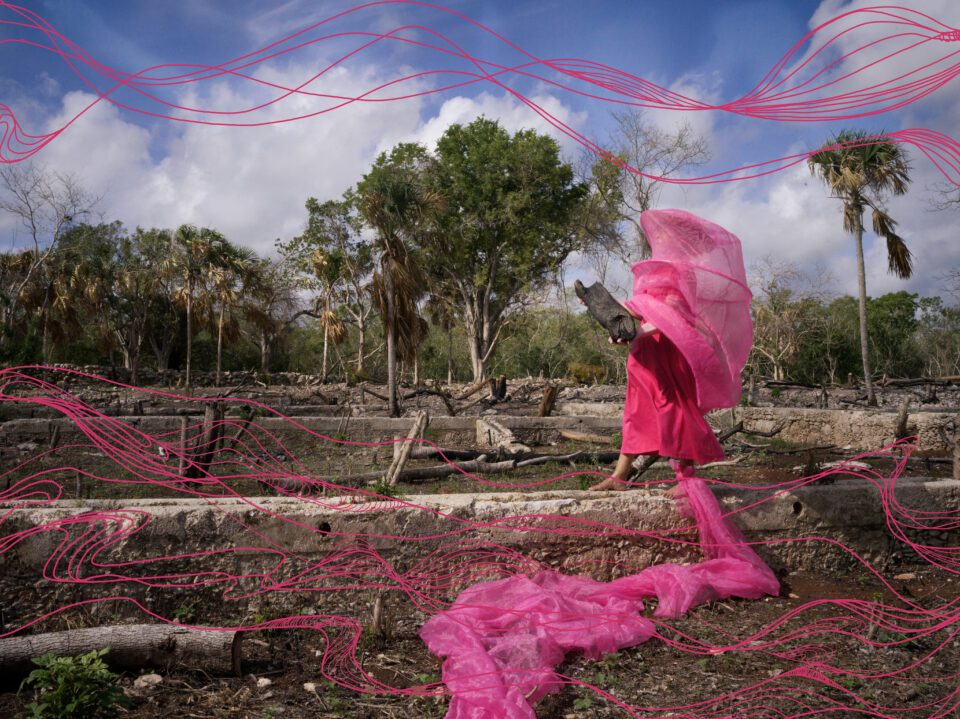
Mónica Alcázar-Duarte, Nepantla, 2023-2024
The possibility of colonising Mars in the future is a much-discussed topic, and it also inspired the project of Mexican-British artist Mónica Alcázar-Duarte (b. 1977). Her film, Nepantla (2023–24) compares the colonisation of South America to the future settlement on the Red Planet. The project draws on the concept of ‘Nepantla’, an ancient term from the Náhuatl language, often cited in Chicano and Latino anthropology. As the artist explains, “Nepantla refers to a state of in-betweenness… a spatial concept of ‘being in-the-middle of it’, like in the eye of the storm. And this work emerges from an absence or a recognition of earth lessness in me.” Alcázar-Duarte is a former Aesthetica Art Prize finalist, interested in western society’s obsession with expansion, speed and the tendency for resource accumulation. Her images acknowledge her indigenous heritage whilst exploring current ideals of progress.

Adrian L. Burrell, Modernity Blues, 2022
Adrian L. Burrell (b. 1990) is an Oakland-based artist who uses photography, film and site-specific installation to encourage moments of collective storytelling and memory-sharing. Modernity Blues derives from Burell’s 2022 Sugarcane and Lightning series which, according to the artist, “is a mixtape of Black life and American history from a familial perspective. It is about messages to the future, reparations, inheritance and initiation. It is about the blackening of the world, revenge, the fugitive, movement and the stories we tell ourselves about who we are, and where we come from.” Burrell’s projects aim to challenge the practice of erasure and explore the history that Black kinship networks reveal.
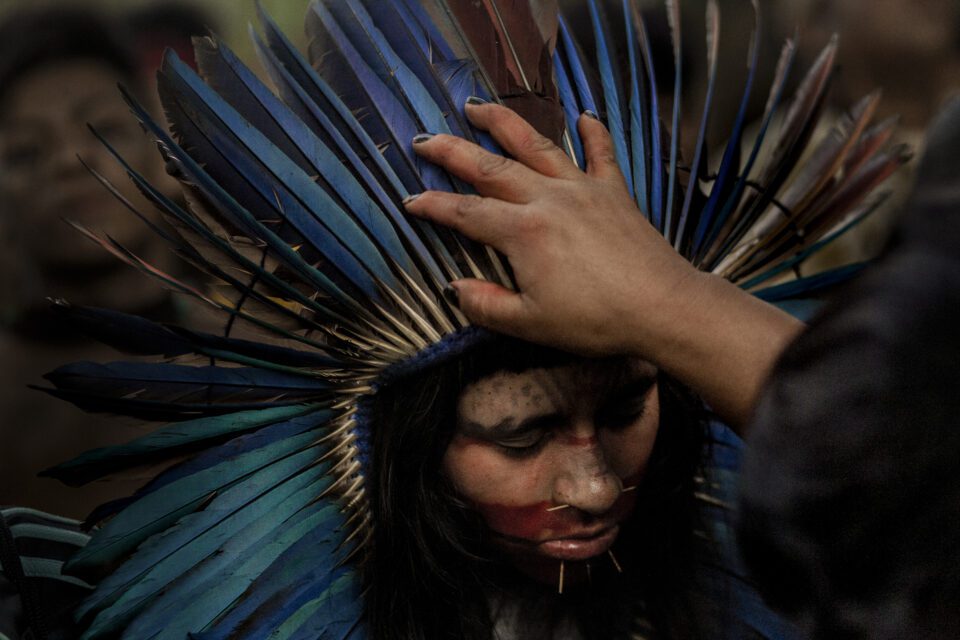
Rafael Vilela, Forest Ruins, 2020
The series, Forest Ruins addresses the role of cities in the climate crisis from the perspective of the Guarani Mbyá Indigenous people in the city of São Paulo, Brazil. Photographer Rafael Vilela’s ongoing project speaks of how their culture, traditions and philosophy offer alternative paths of existence and resist colonial definitions and narratives. Vilela’s pictures highlight the everyday life of 700 Mbyá Indigenous people, whose villages are located on the edge of the continent’s largest city. The series is a provoking reminder for viewers to rethink western consumption habits. It also shows the state of preservation areas as the environment in which these inhabitants live slowly degrades.
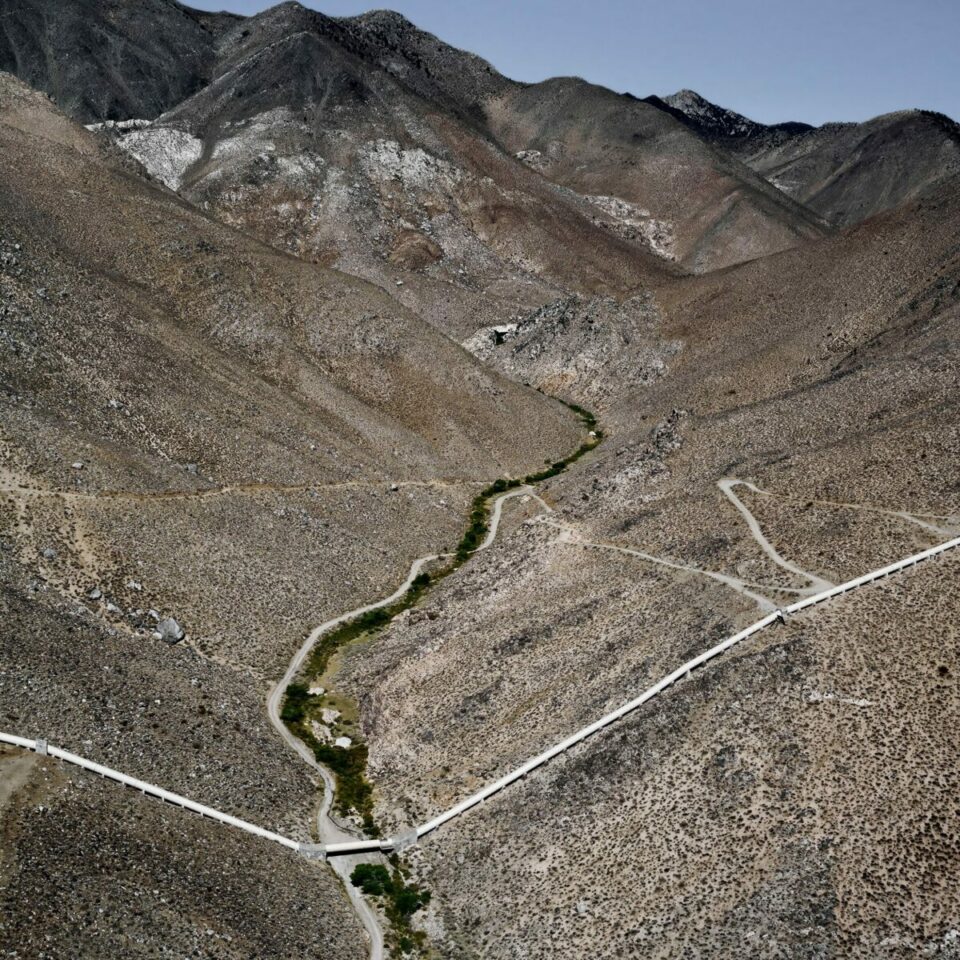
Brad Temkin, No Name Sag Pipe Crossing Aqueduct 1, 2022
“Urbanisation has a long history of money and politics influencing water policy in the west, and Los Angeles is a prime example of this,” says Brad Temkin (b. 1956), whose series Aqueducts examines several reservoirs and dams between the Owens Valley and the city of Los Angeles. The pictures zoom in on power stations, industrial sites and crossroads between “civilisation” and the environment to examine the changing topography. These vast wide-angle views forecast a future when untouched natural areas will completely disappear. Temkin’s work is held in numerous permanent collections, including The Art Institute Of Chicago, Milwaukee Art Museum, and Houston’s Museum Of Fine Arts. He has been documenting humanity’s impact on nature since 2009.
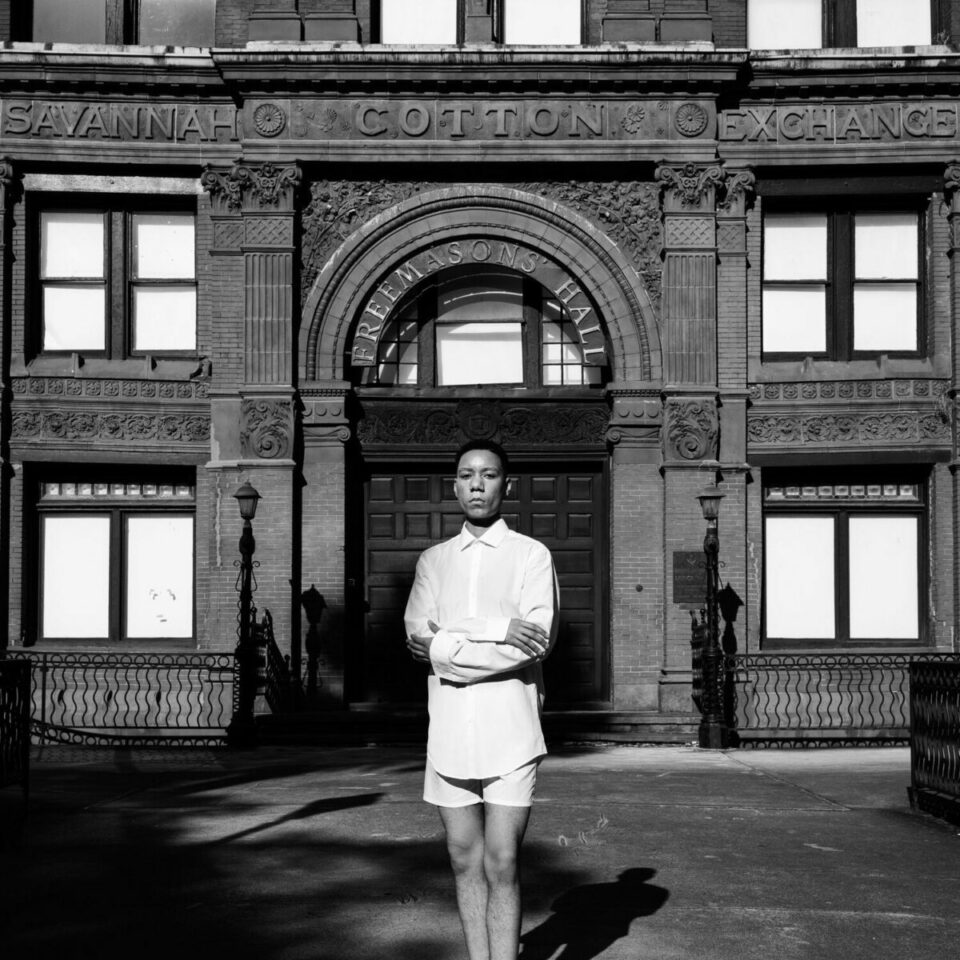
C. Rose Smith, Talking Back to Power, 2024
Alongside acclaimed visual artists such as Dawoud Bey (b. 1953) and Omar Victor Diop (b. 1980) C. Rose Smith (b. 1995) uses the camera to propose a re-appraisal of Black histories. Smith examines the role of images in constructing layers of identity and individuality. Her series Talking Back to Power (2024) was completed at former plantation sites throughout the Southern United States. The pictures examine how the past informs the present whilst critiquing social norms. Throughout the series, the artist uses gender fluidity to repudiate histories of colonial dress imposed on the formerly enslaved, as well as to examine contemporary attitudes surrounding gender expression.
Critical Geography | FotoFest Biennial 2024, Houston | 9 March – 21 April
Image credits:
1. JúliaPontés, ÓMinasGerais|My Land Our Landscape #29 (dry season),2016.From the series Ó Minas Gerais|My Land Our Landscape,2015–23 Archival inkjet print. Courtesy of the artist.
2. Mónica Alcázar-Duarte, Nepantla-U K’ux Kaj (detail), 2023–24. Multichannel video installation, photography with overlaid handmade drawing, acrylic, and film storyboard sketch drawing. Courtesy of the artist.
3. Adrian L. Burrell, Modernity Blues, Loreauville, LA, 2022. Archival inkjet print. From the series Sugarcane and Lighting, 2012–. Courtesy of the artist.
4. Rafael Vilela, Forest Ruins, 2020. From the series Forest Ruins, 2020–24. Archival inkjet print on Dibond. Courtesy of the artist.
5. Brad Temkin, No Name Sag Pipe Crossing Aqueduct 1 – _Alabama Hills, CA, 2021. From the series Aqueduct, 2021–. Archival inkjet print on Dibond. Courtesy of the artist and Stephen Daiter Gallery, Chicago, IL.
6. Un+tled no.19–Savannah Co7on Exchange 1,(2022)From the seriesScenes of Self: Redressing Patriarchy,2022–Ongoin





